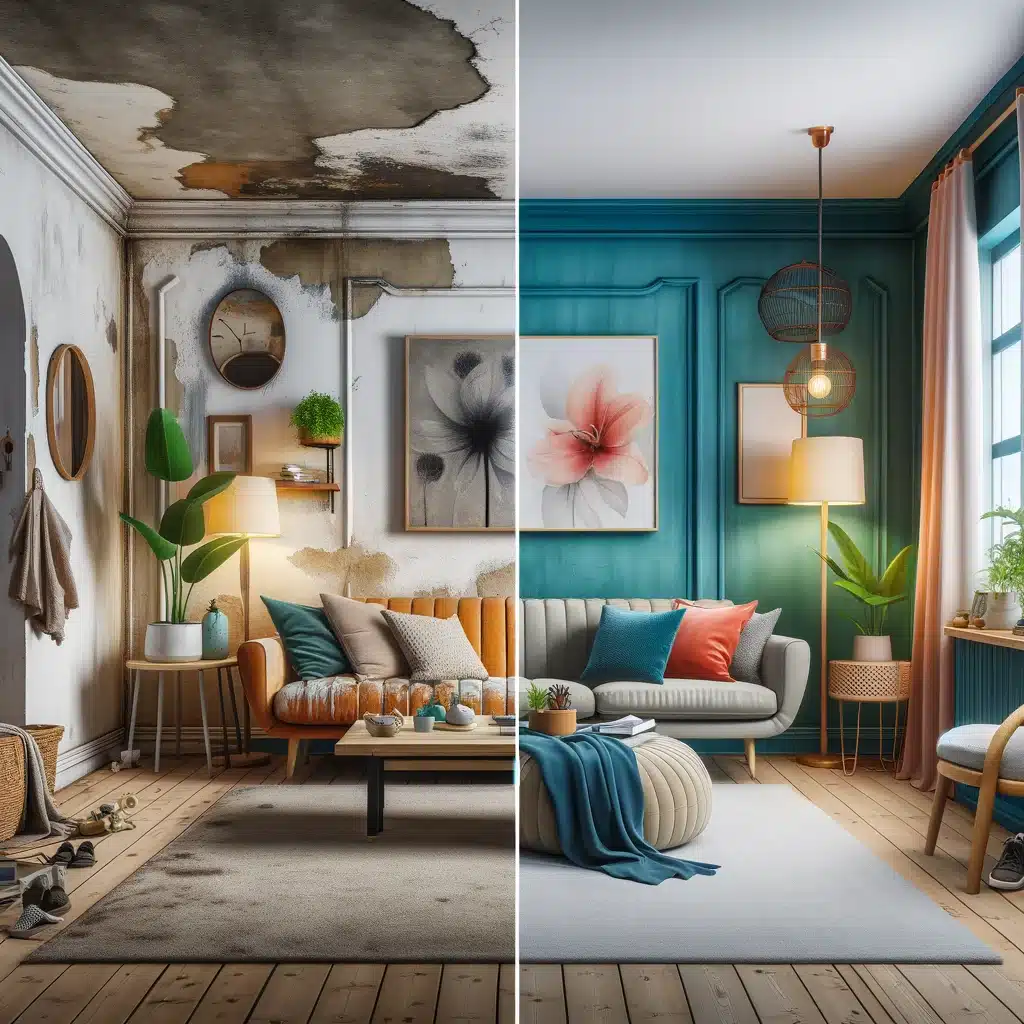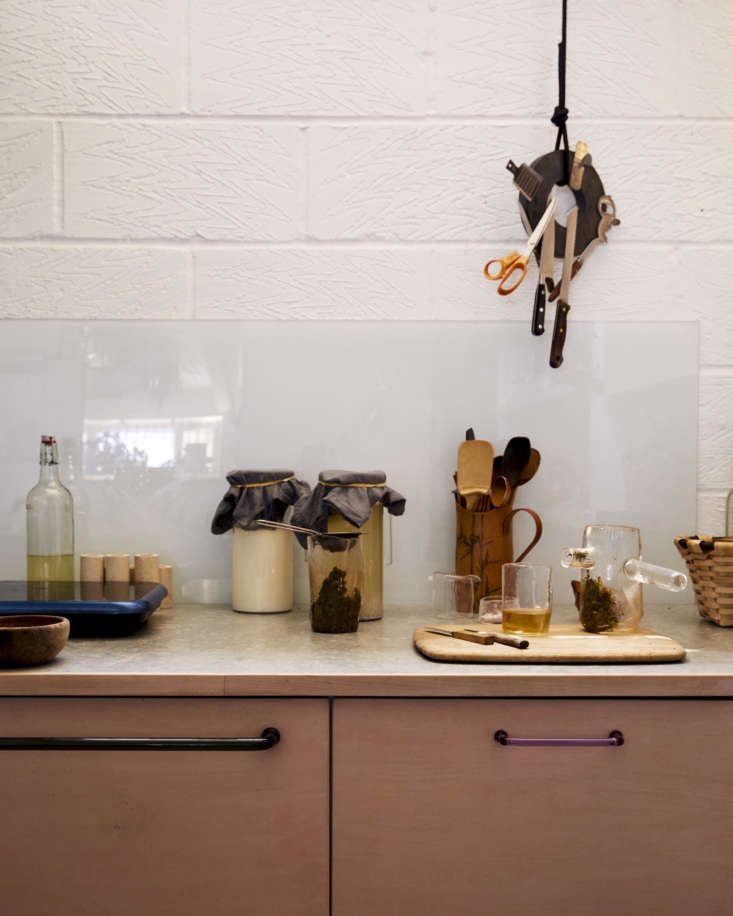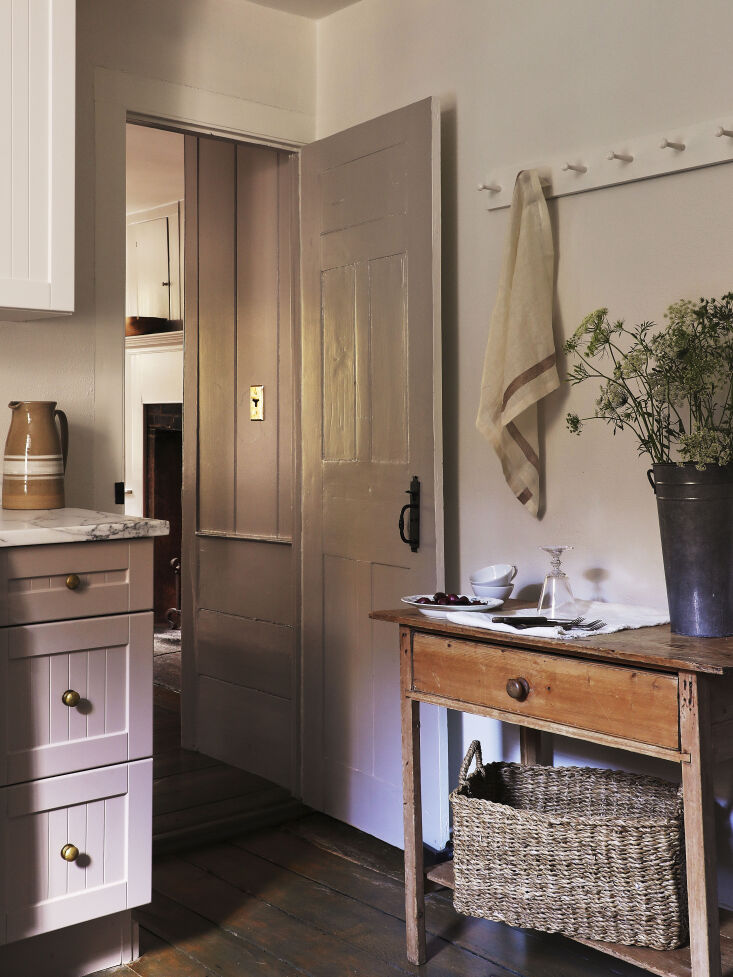Selling your house demands more than just putting up a “For Sale” sign. Home improvements are pivotal in attracting buyers and securing a favorable deal. If you’re thinking about a spring home sale, you’ll want to know the valuable upgrades to make.
Before listing your property, understanding the types of enhancements that add value and appeal to your home is crucial. I will guide you through essential home improvements, from curb appeal to interior updates. You’ll also learn how to maximize your return on investment.
By tailoring your upgrades to meet market preferences and adhering to a strategic budget, you can ensure your house stands out in the competitive real estate market.
Whether you’re tackling DIY projects or hiring professionals, the right improvements can significantly affect your home’s sale price and time on the market.
From thirty-eight years of selling homes there are specific projects that will make a significant difference. There are also many that will not. They key is understanding where to spend your money.
Let’s examine what you should know as a potential home seller.
Understanding Your Local Target Market
Identifying your potential buyers is the first step in tailoring your home for sale. Different markets have unique preferences. Recognizing these can guide your improvement decisions.
If you’re targeting families, focus on creating functional, safe spaces and possibly enhancing outdoor areas for children. Modern, low-maintenance upgrades and smart home features might appeal to young professionals.
Research local market trends to understand what sells. Online real estate listings and feedback from local agents provide valuable insights into buyer preferences in your area. This knowledge lets you decide which improvements resonate most with your target audience.
Consider the community’s character when planning your upgrades. A luxury remodel might not return its investment in a modest neighborhood, just as minimal improvements might undervalue your home in an upscale area.
Aligning your home’s features with buyer expectations in your market is crucial for a successful sale. By making intelligent decisions on upgrades, your house will enter pending status in a short amount of time.
What Are Examples of Essential Improvements?
When preparing to sell your house, focusing on certain key areas can significantly enhance its appeal and value. Here’s a breakdown of essential home improvements to consider:
Curb Appeal Enhancements
First impressions matter. Enhancing your home’s curb appeal can make a lasting impression on potential buyers.
Simple updates like refreshing the exterior paint, maintaining the landscaping, and replacing the front door can dramatically improve your home’s exterior attractiveness.
Small touches, like new house numbers or a welcoming doormat, contribute to a positive initial perception.
Interior Updates
Fresh paint in neutral colors inside the house can transform spaces, making them appear brighter and more spacious.
Replacing worn or outdated flooring enhances your home’s overall look and feel while updating light fixtures and hardware (like doorknobs and cabinet pulls), which can modernize spaces without a significant investment.
Kitchen and Bathroom Remodels
Kitchens and bathrooms are pivotal in a buyer’s decision-making process. You don’t need to complete renovations. Minor updates can have a significant impact.
To refresh these spaces, consider replacing old appliances with more energy-efficient models, updating countertops, and refinishing cabinets. Re-grouting tile, updating fixtures, and ensuring adequate lighting can significantly improve the appearance of bathrooms.
Each of these improvements adds to your home’s aesthetic appeal and functionality, making it more attractive to potential buyers.
When selecting projects, consider the current trends in home design. Ensure you aim for timeless rather than trendy choices to appeal to a broader audience.
Cost-Effective Strategies
Maximizing the return on investment (ROI) for home improvements requires strategic planning and budgeting. Here are ways to enhance your home’s value without overspending:
DIY Projects vs. Professional Hiring
Evaluate which projects you can do yourself and which require professional expertise. Simple tasks like painting, minor landscaping, and hardware updates can be cost-effective DIY projects.
However, hiring professionals ensures safety and quality for electrical work, plumbing, or significant renovations. Doing so potentially saves money in the long run by avoiding costly mistakes.
Budgeting for Maximum ROI
Prioritize improvements with the highest return on investment. Minor kitchen and bathroom updates can yield significant returns without requiring complete overhauls.
Allocate your budget based on the potential impact on your home’s sale price. Always include a contingency fund for unexpected expenses to avoid overspending.
Shopping around for materials and services can also lead to significant savings. Look for sales and clearance items, and compare quotes from multiple contractors to get the best deal without compromising quality.
Invest in improvements that appeal to the broadest audience. Neutral color schemes and high-quality fixtures in classic styles tend to attract more buyers than personalized or trendy choices.
Adopting a strategic approach to home improvements, focusing on projects with the highest ROI, and carefully managing your budget can enhance your home’s appeal to potential buyers without exhausting your resources.
Making intelligent, low-price, cost-effective upgrades maximizes your investment and increases your home’s marketability.
Avoiding Over-Improvements
When enhancing your home for sale, it’s crucial to balance making valuable updates and avoiding over-improvements that don’t yield a proportionate return on investment.
Here’s how to ensure your upgrades are well-aligned with your home’s market and neighborhood:
Understanding the Neighborhood Standard
Research homes in your area to understand what features and improvements are standard. Over-improving—like installing high-end appliances in a modest neighborhood—may not attract a higher sale price, as buyers shopping in your area may not expect or value such upgrades.
Aim to bring your home up to a competitive standard but not far beyond.
Calculating Potential Return on Investment
Before embarking on any significant improvement, evaluate its potential ROI. Some projects may improve your home’s appeal but won’t necessarily increase its value enough to recoup the investment.
Focus on updates known to appeal to buyers in your market, such as functional improvements or aesthetic enhancements.
Strategic updates should enhance your home’s best features and fix functional flaws. For example, ensuring your home’s heating, ventilation, and air conditioning (HVAC) system works efficiently can be more beneficial than luxury upgrades in the eyes of potential buyers.
Cincinnati Realtor Paul Sian told me that new HVAC systems are well-received in his market.
“Bill, potential home buyers love when a home has a significant upgrade like a new heating system or AC. It one an expense buyers can cross off their list and not have to worry about for a very long time.
Buyers are willing to pay for upgrades that have such a lasting impact on their property, especially when it comes to energy bills.”
Lastly, consider consulting with a real estate agent familiar with your neighborhood. They can offer valuable insights into which improvements are worthwhile and which could potentially overprice your home for the area.
By carefully selecting improvements that align with your neighborhood’s expectations and potential buyers’ preferences, you can avoid the pitfalls of over-improvement. This strategic approach ensures your investments enhance your home’s value and appeal without exceeding the ceiling price for your area.
Navigating Legal and Safety Requirements
Ensuring your home improvements comply with local building codes and safety regulations is crucial before selling your house. Here’s how to navigate these requirements effectively:
Permits and Inspections
Obtaining the necessary permits is essential for significant renovations. You must have permits when you add a room, alter structures, or do major electrical and plumbing work.
These permits ensure the work meets local safety and zoning standards, assuring potential buyers about the legality and quality of the improvements.
Always check with your local building department to understand which projects require permits and the process for obtaining them. I know from experience how homeowners can put themselves in a terrible position when they don’t take necessary action.
When it comes time to sell, the buyer or agent will research whether permits have been pulled. You’ll spend more legalizing this situation than doing what’s right out of the gate.
Addressing Safety Issues
Prioritize improvements that address any existing safety concerns. This includes fixing electrical issues, ensuring smoke and carbon monoxide detectors are functional, and addressing structural problems.
Making these improvements not only helps pass home inspections but also boosts buyers’ confidence in the safety and integrity of the home. Many buyers will have home inspection checklists that they follow. Removing concerns is always wise.
Compliance with legal and safety standards protects you from potential liability and increases the appeal of your home to prospective buyers.
Demonstrating that your home has been well-maintained and meets current safety regulations can make it more attractive in the competitive real estate market.
Staging Your Home for Sale
Staging your home effectively can significantly affect how quickly it sells and for how much. Here are tips to showcase your home in its best light:
Declutter and Depersonalize
Start by removing personal items, such as family photos and keepsakes. This helps potential buyers envision themselves living in the space. Decluttering also makes rooms appear larger and more inviting.
Enhance Lighting
Good lighting enhances the mood of your home. Open curtains to let in natural light, and add lamps to brighten darker areas. Well-lit rooms appear more welcoming and spacious.
Arrange Furniture Strategically
Position furniture to showcase the flow of your home. Removing excess furniture can help spaces feel more spacious. Arrange seating areas to foster conversations and highlight the functionality of each room.
Neutralize the Decor
Neutral colors for walls, carpets, and furniture appeal to a broader audience. They create a blank canvas, allowing buyers to imagine personalizing the space.
Highlight Key Features
Accentuate your home’s best features, whether a fireplace, a large window with a view, or built-in shelving. Make sure these features are clean, repaired, and prominently displayed.
Staging doesn’t require a large budget; small changes can significantly impact. The goal is to create an environment where potential buyers can easily picture themselves living and thriving.
Conclusion
Home improvements before selling can significantly influence your home’s appeal and price. You can enhance your home’s value by understanding your target market, focusing on essential updates, and implementing cost-effective strategies.
Avoid over-improvements, comply with legal and safety standards, and stage your home to attract potential buyers.
With thoughtful planning and strategic improvements, you can ensure your home stands out in the competitive real estate market, maximizing your return on investment and facilitating a quicker sale.
You won’t need to pray to get your home sold, as there will be plenty of buyers who will be attracted to your property. If I can answer any questions, please contact me anytime. I would love to answer questions or provide any assistance you may need. Best of luck!The post Understand What Upgrades Are Important For Home Sales appeared first on RealtyBizNews: Real Estate Marketing & Beyond. | BidBuddy.com


 Facebook
Facebook
 X
X
 Pinterest
Pinterest
 Copy Link
Copy Link









